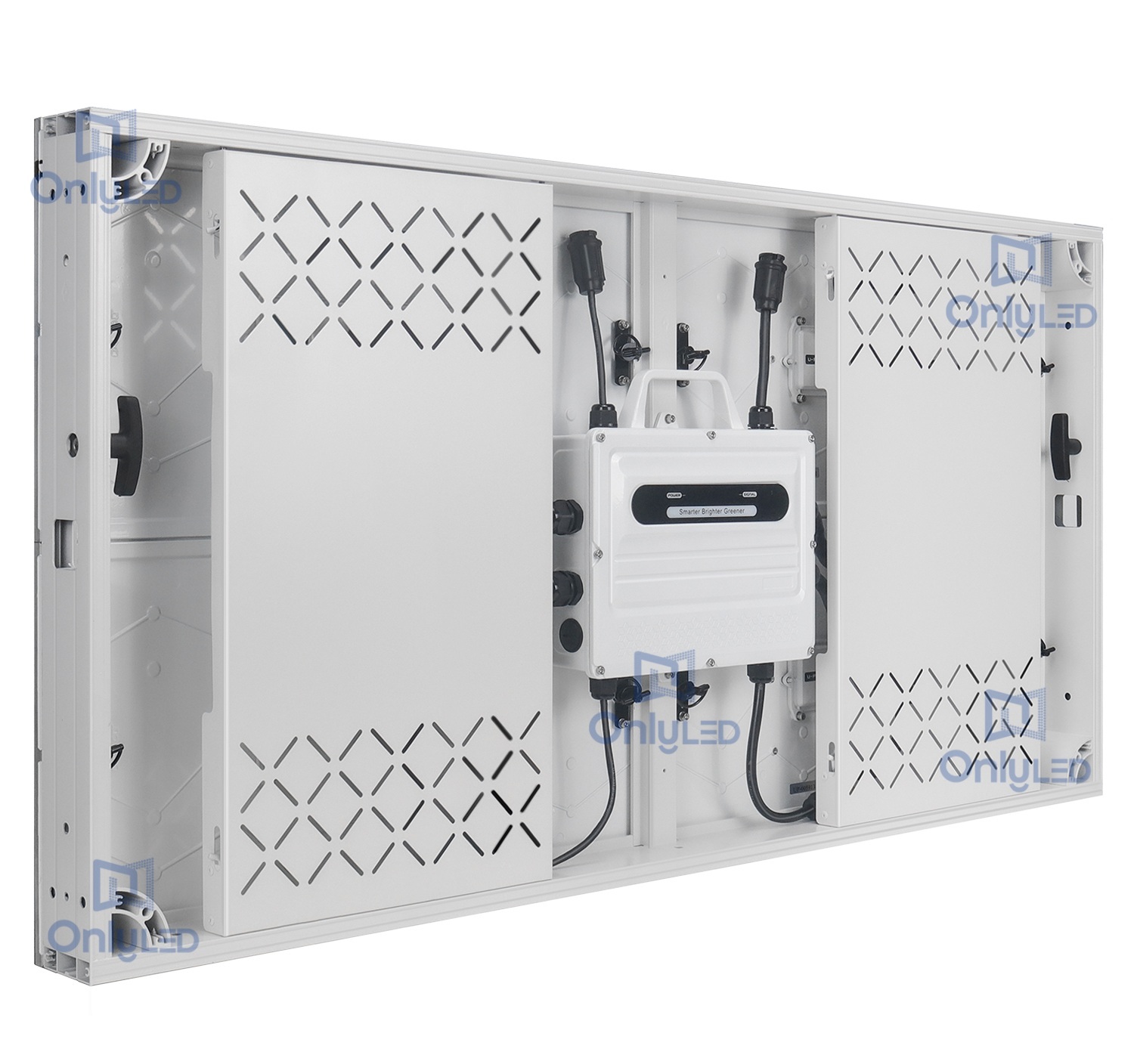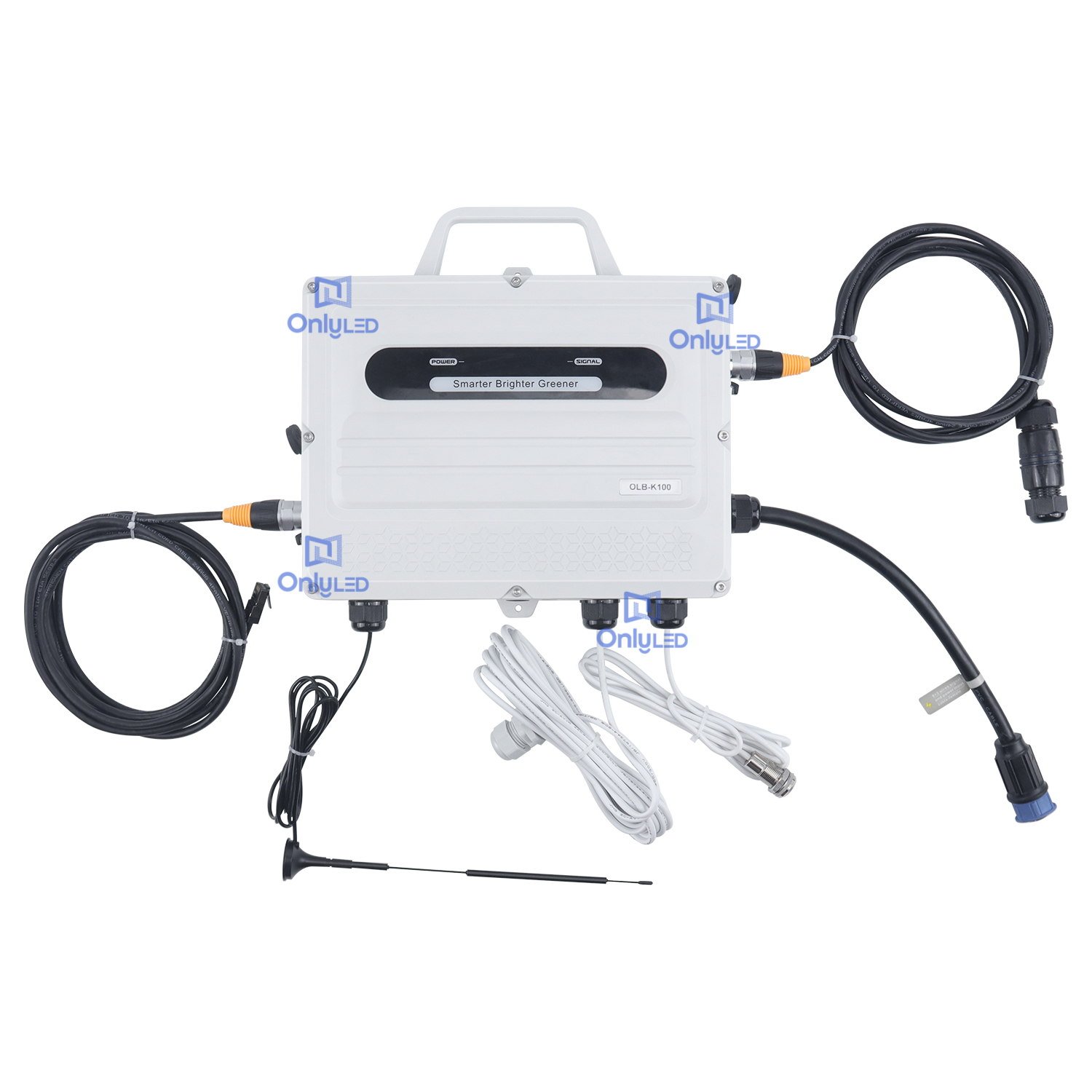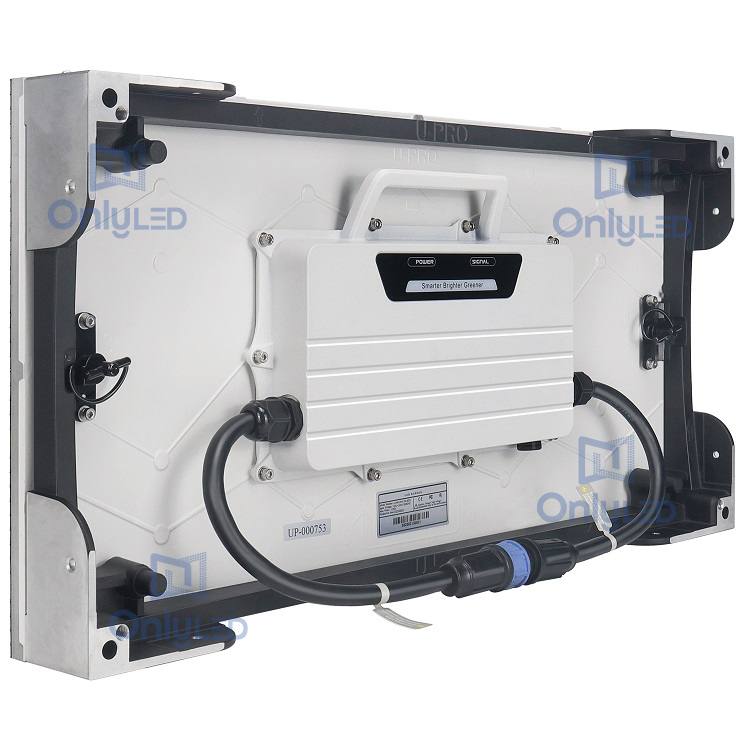Industry News
Understanding the Distinctions: Indoor and Outdoor LED Displays

What is the difference between indoor and outdoor LED displays? In the digital world, LED displays have become increasingly popular for their vibrant visuals and versatility. However, it is important to note that there are significant differences between indoor and outdoor LED displays. Understanding these distinctions can help potential buyers select the most suitable option for their specific needs.
1. Environmental Adaptability
Indoor LED displays are designed for controlled environments, such as shopping malls, offices, and indoor events. These displays are not exposed to extreme weather conditions and are not designed to withstand direct sunlight. Additionally, indoor LED displays typically have lower brightness levels compared to their outdoor counterparts.
On the other hand, outdoor LED displays are engineered to resist various outdoor elements. They have superior weatherproofing features to endure rain, snow, heat, and dust. Outdoor LED displays also possess higher brightness levels to ensure clear visibility even in bright sunlight.
2. Brightness and Image Clarity
Indoor LED displays usually have lower brightness levels as they are installed in controlled lighting conditions. This lower brightness level helps to enhance image quality and prevents eye strain for viewers who are in close proximity to the display. Indoor LED displays also have a narrower viewing angle to ensure optimum clarity for viewers standing directly in front of the screen.
On the contrary, outdoor LED displays require higher brightness to compete with the ambient light outdoors. Whether it is a sunny day or a cloudy sky, outdoor LED displays need to maintain brightness levels that allow clear visibility from different angles. Outdoor displays also have a wider viewing angle to accommodate large crowds while maintaining image clarity.
3. Power Consumption and Cooling
Indoor LED displays consume less power compared to outdoor displays. Since indoor environments have controlled temperatures, the displays do not need substantial cooling systems. This contributes to energy efficiency and reduces operational costs.
Outdoor LED displays, however, require efficient cooling systems to maintain optimal performance, especially in hot climates. These displays generate a significant amount of heat and need proper ventilation to prevent overheating. Due to the higher power consumption and cooling requirements, outdoor LED displays may incur higher operational costs.
In conclusion, indoor and outdoor LED displays serve distinct purposes and have specific design considerations. Indoor displays are tailored for controlled environments with lower brightness levels, while outdoor displays are built to withstand outdoor elements and have higher brightness levels. Additionally, power consumption and cooling requirements also differ significantly between the two types. Therefore, understanding these differences is crucial in making an informed decision when choosing LED displays for specific applications.




